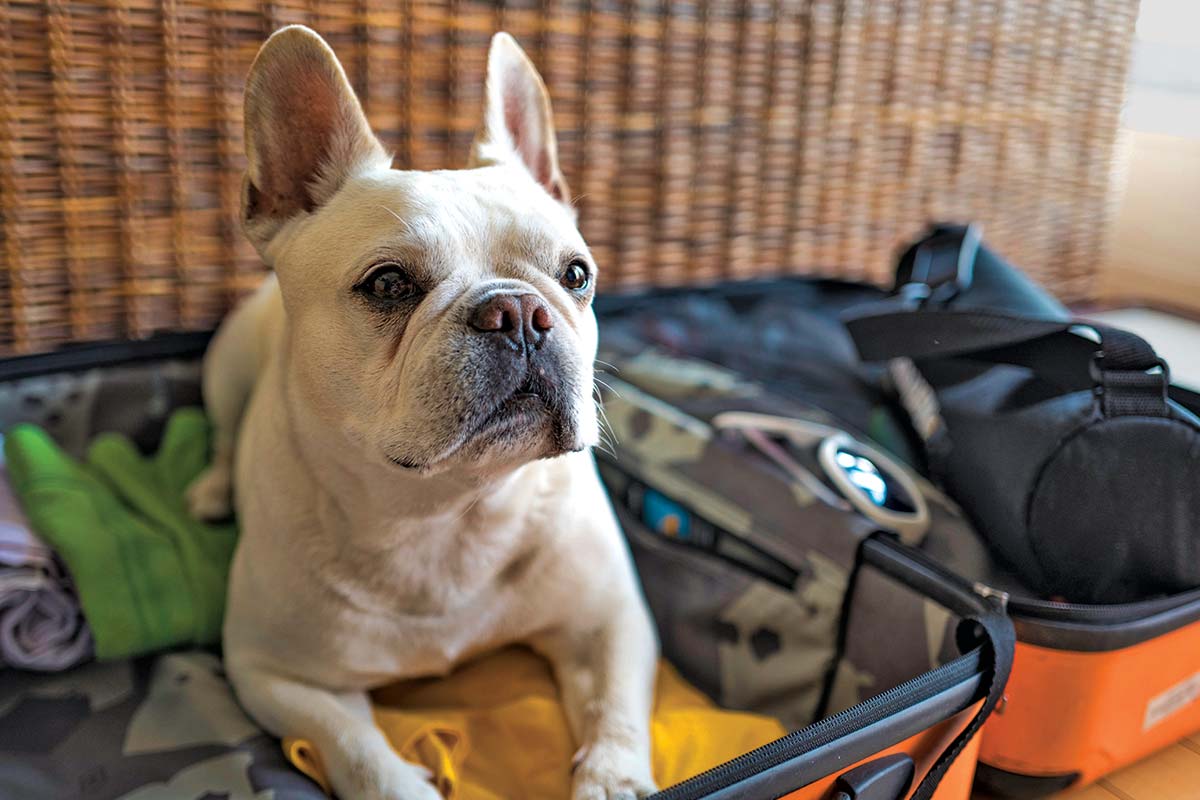Pets depend on us for their safety and well-being. The best way to ensure the safety of your family members—including those with four legs—is to prepare a disaster plan.
How Can You Prepare?
Plan to take your pets with you during an evacuation. If it’s not safe for you to stay, it’s not safe for them either.
Not all Red Cross and other shelters can accept pets because of health and safety concerns.
Learn which hotels or motels along your evacuation route accept pets. Call ahead to make reservations or ask if no-pet policies can be waived in an emergency.
Prepare a list with phone numbers of friends, relatives, boarding facilities, animal shelters or veterinarians who can care for your animals in an emergency.
Be prepared to house your animals separately.
Train pets to participate in evacuation drills so they become used to entering and traveling in their carriers.
Have proof that your pet’s vaccinations are current. Many pet shelters require proof of current vaccinations.
Have your pet microchipped by your vet in advance.
What Should You Take?
Assemble a kit with pet emergency supplies, stored in sturdy containers and kept in an accessible place. Your kit should include:
- Leashes, harnesses and/or carriers for safe transport
- Food, drinking water, bowls and a manual can opener
- Medications and copies of medical records stored in a waterproof container
- A first-aid kit
- Pet beds and toys, if easily transportable
- Current photos of you with your pet(s) in case they get lost (to eliminate mistaken identity and confusion)
- Information on feeding schedules, medical conditions or behavior problems and the name and number of your veterinarian
When Disaster Approaches
Disaster warnings might be issued hours or even days in advance. At the first hint of disaster, act to protect your pet.
Call ahead to confirm emergency shelter arrangements for your family and your pets.
Ensure that pets are wearing collars with securely fastened, up-to-date identification.
Check that your pet disaster supplies are ready to take at a moment’s notice.
Bring pets inside so you won’t have to search for them if you need to leave quickly.
After a Disaster
Pets can become aggressive or defensive after a disaster. Be aware of pets’ well-being and protect them from hazards to ensure their own and others’ safety. Consult your veterinarian if behavior problems persist.
Watch your animals closely and keep them under your direct control, as fences and gates may be damaged.
Pets can become disoriented, particularly if the disaster has disturbed scent markers that normally allow them to find home.
Be aware of hazards at nose, paw or hoof level—particularly debris, spilled chemicals, fertilizers and other substances that might not seem dangerous to humans.
Emergency action plans for your family should include all animals. For information on disaster planning and emergency actions to take for livestock, horses, birds, reptiles or other animals, such as gerbils or hamsters, visit redcross.org, the Humane Society at hsus.org or ready.gov.


